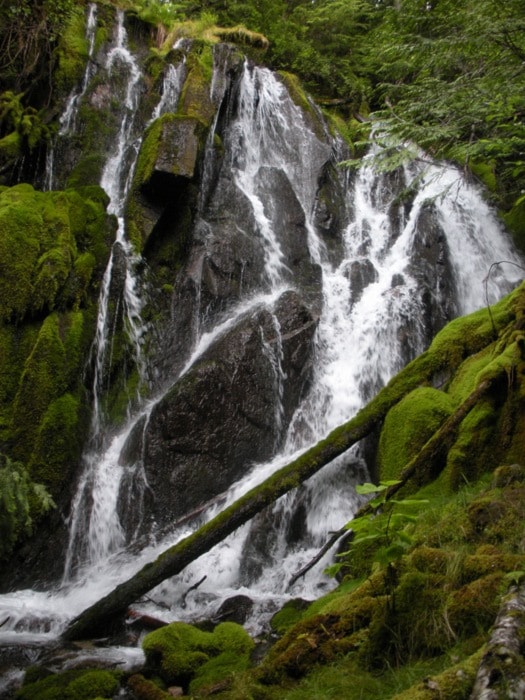Some water license holders on Shannon Creek are concerned a housing development could reduce their streamflows, but the regional district is telling them not to worry.
The developers of the Shannon Orchard subdivision on the North Shore have applied to transfer an existing microhydro license to a consumptive license, allowing them to draw water from the creek.
The system would serve up to 90 connections in the new development plus about 80 others in neighbouring areas.
The Regional District of Central Kootenay has agreed to take over and maintain the system once built.
However, Mel Reasoner of Willow Point Lodge says he’s worried the intake, currently close to the lake, will be moved above the 34 existing water licenses.
“Our first serious concern is that it’s remarkably bad policy to allow developers or anyone to leapfrog water intakes up a creek,” he says.
“It wouldn’t be so serious if there was confidence in the flow, but we understand the Ministry of Environment has seven tests since 1926. They don’t have enough data to characterize one year let alone the long-term flow.”
Although data from other creeks has been used for comparison, Reasoner is skeptical how applicable it is. Furthermore, he says climate change has not been taken into account.
“There’s a potential we’re going to end up with not enough water in the creek — not just for us, but new users who expect to have enough without rationing. Clearly, if you add another 167 connections, you’re going to alter the flow.”
Maureen Uhrich of Aries Bed and Breakfast adds they should look at alternatives now so they don’t have to worry about shortages later.
“The officials tend to think no, we’ll take the information we have and make a decision, and if there’s something wrong, we’ll deal with it then,” she says.
“That doesn’t make sense to us. We’d rather be proactive.”
Uhrich thinks the bulk of future problems could be avoided by pumping water from the existing intake uphill into a reservoir.
“There’s a simple solution, and it’s right there. Now’s the time to do it so 90 per cent of the issues are dealt with right off the bat.”
But that comes with added cost, and to regional director Ron Mickel, it’s not worth it.
“If we had any substantial information that supported it, I think we would push toward that as well,” he says.
“The regional district does not want a system that fails to meet its needs.”
He says residents have been given a verbal commitment that further studies will be done on the creek and that minimum flows will be maintained for downstream users.
“If the studies show it is a problem, we’re committed to going to the lake for water. But we feel quite confident it’s not going to be a problem.”
Mickel says the limited data suggests even at the height of the development, they will draw less than half the water in the creek.
He describes what’s occurring as a “redistribution” of existing licenses, including an inactive one from the former Shannon’s mobile home and RV park.
“Overall, the allocation doesn’t change much, although the use might change,” he says.
